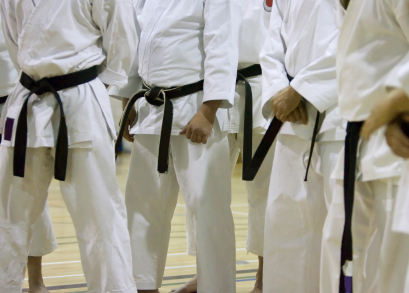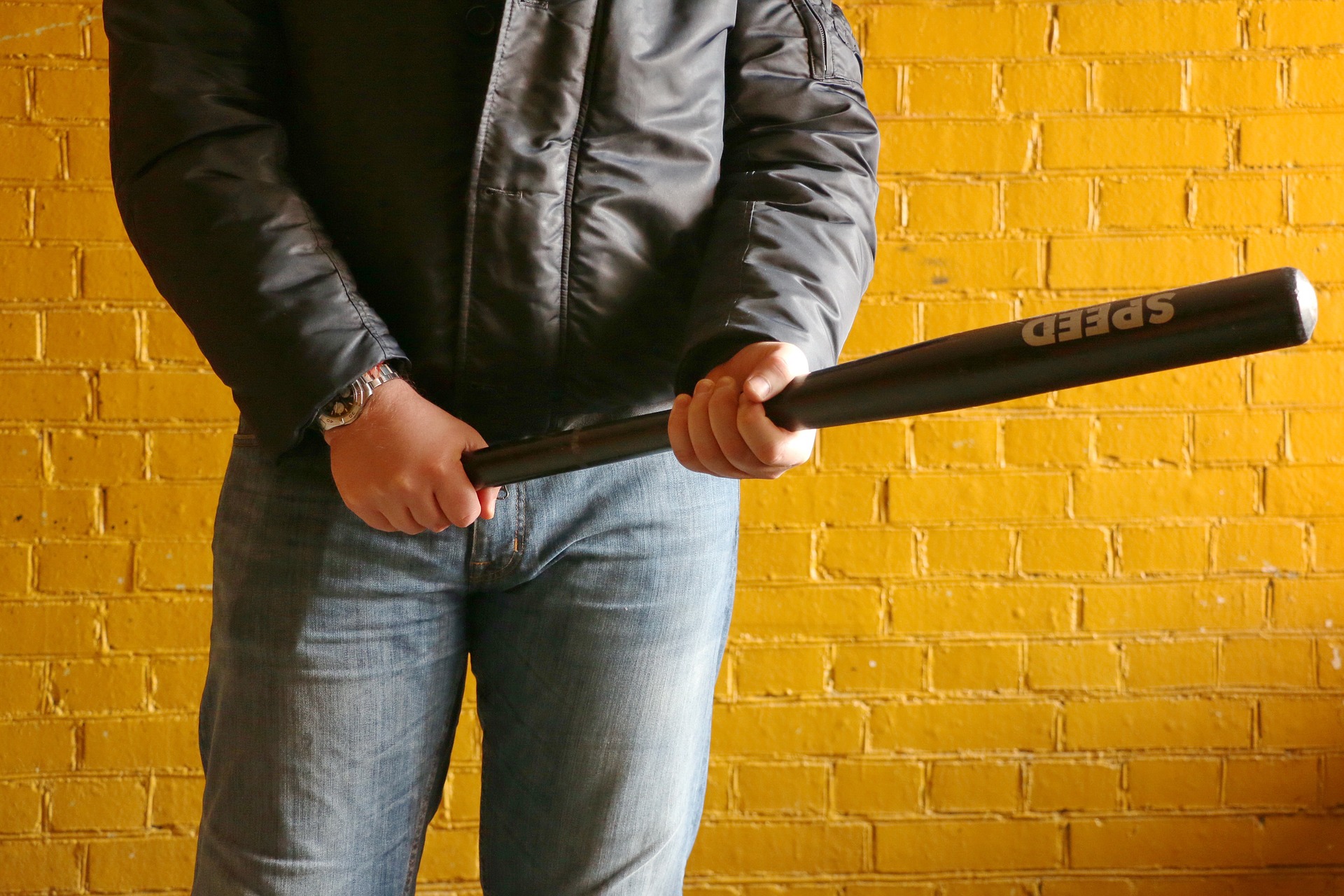In the dark alleys, whispered legends tell of the grueling and mythical Black Belt test. An event where aspiring students seek to prove their worth and abilities in a contest only master special effects artist in a high budget movie can describe. Behold, the mantle of excellence adorns the survivors. In contrast, the quivering husks of failure fall into the pits of despair. This fantasy is not a modern Black Belt test.
What is the purpose of the test? Why is it so arduous?
We test the candidates’ meddle. They should already know and execute the required material with a high degree of skill. Only those who can perform at a Black Belt skill level receive recommendations. The exam is evaluating the ability to perform Kempo under intense pressure and stress. A student can still fail the test even if they are ready by not performing at their top level. Failure comes from succumbing to the pressure and not taking the test seriously.
Is there historical precedence?
There is no precedent for our current test. Your name got moved from the grade level list to the Black belt list in very early schools. As people read the board, they would shake your hand. Most modern-day Black Belt testing is a new development in the last 50 years.
Grandmaster Joe Lewis earned two Black Belts in nine months from two renowned Okinawan karate masters. It was a nod and pat on the back for working hard. No events or fanfare were marking the advancement.
Here is our take on the test.
We live in a comfortable and safe community. We need to add the pressure of survival to this existence. It should bring forth the indomitable spirit of the Kempo candidate. Black Belts don’t give up; they do. The Nike sales mark “Just Do It” should be the motto of all Kempo Black Belts.
Why is it so physically draining? You have to be exhausted to teach the concept of a second wind, third wind, and so on. You must overcome your tiredness to complete your mission and achieve your goal. You can’t explain that; you must do it. The test provides an opportunity to do that—an opportunity to experience your actual boundaries.
This exhaustion also represents the adrenaline rush experienced in a real confrontation. When faced with a real-life or death situation, adrenaline surges through your body. Black Belts performing under this stress reflects their abilities under real-life conditions.
Not a Hazing Ritual
The Black Belt test should never degrade into a hazing ritual or a sadistic “Simon Says”. It should be a furnace to forge the final mental and emotional elements needed for Black Belts. The candidates must feel like they earned their belt. And the testing board requires to see Black Belt quality from the candidates.
The Agenda
Here are the Black Belt subjects generally covered at a test to alleviate fear, listed in no particular order.
- Cardiovascular warm-ups
- Foundational skills
- Techniques
- Kata
- Self-Defense
- Weapons
- Sparring
- Breaking
These categories are an overview of the curriculum the student has gone over in the last few years. The curriculum is interconnected, so doing well in one section will buoy another area. All these categories are well known to all the candidates. Nothing is a surprise.
It is worth noting that there are regular water breaks and rest periods. Over the years, we found that this is the safest thing to prevent dehydration and stress injuries. The test is not a torture session or a day in the life of a boot camp participant. It is a display of knowledge and skill to a board of the student’s peers and instructors.
Do not dread the Black Belt test, but it should not be feared either. It is a milestone in your personal development. This test only marks the half waypoint to mastery.



